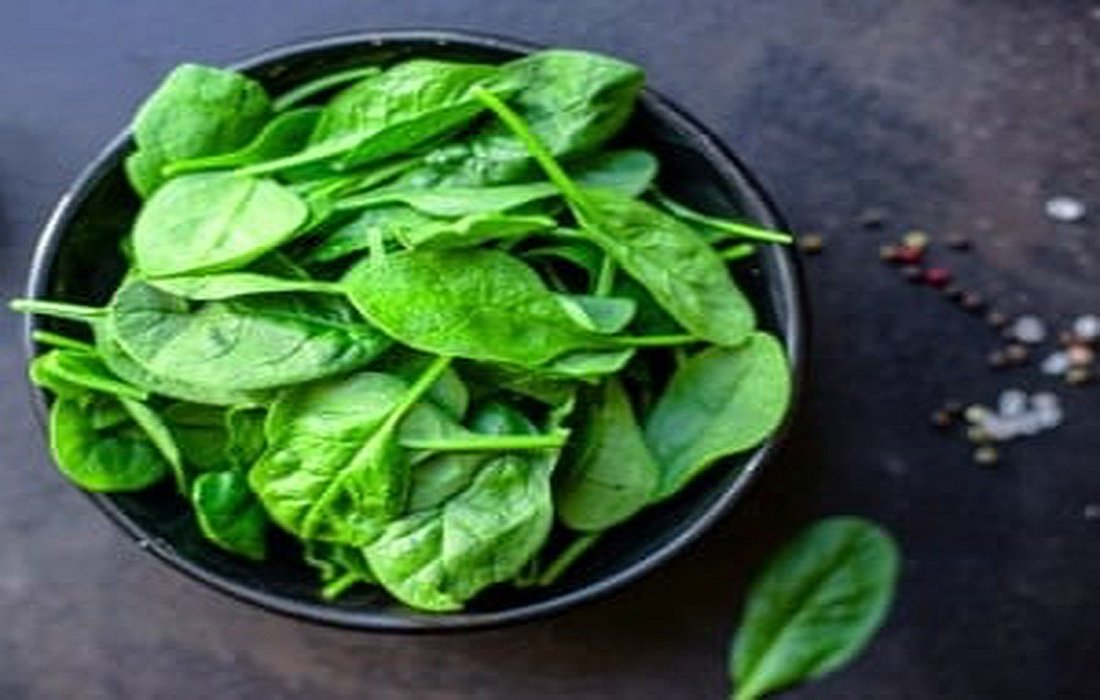How toGrow spinach
One of the most important benefits of vegetables in cold seasons is that they are rich in vitamins and minerals. They also have a pleasant taste and aroma, and you can plant them all year round. Seeds ofSpinachusually start to sprout in early spring and are ready for harvest by late summer, though harvesting may continue into winter as well.
On average, this plant can be harvested in almost every season. There are many types of spinach, one of which is Savoy spinach, which proliferates significantly, has a short height, deeply curled leaves, and smooth stems that are easy to clean.
Introduction to the nutritious vegetable spinach
The scientific name of this plant is Spinacia oleracea.
Currently, China is the largest producer of spinach in the world, producing 85% of the world’s spinach, and spinach production has also increased in countries like the USA over the past ten years.
This vegetable is very high in vitamin C, vitamins B2, B6, folate, vitamin E, and vitamin K. It is also low in calories, making itideal for weight loss.They are suitable for reducing weight.
It is a rich source of iron, calcium,magnesium,,potassium,and manganese. It contains a lot of iron and calcium, and the body can absorb its oxalic acid to a great extent, making this crop a very valuable mineral source.
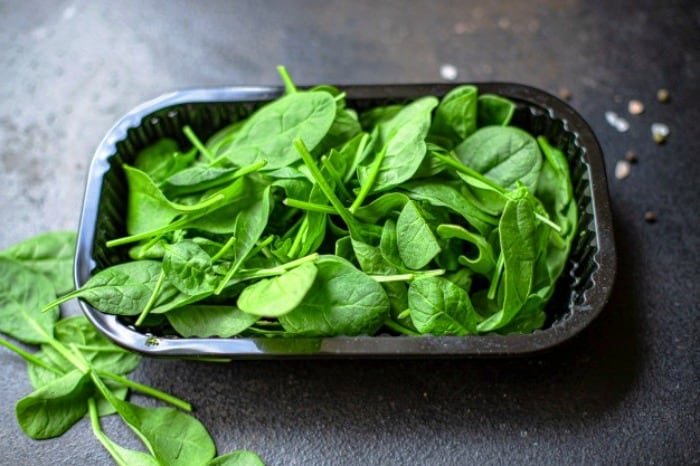
Important points in growing spinach
“How to plant spinach”
You should always buy fresh seeds of this plant, as old varieties won’t yield good results, and they need to be sown directly in the garden. The soil for planting should be moist and rich in nitrogen. Plant your spinach 6 weeks before the last frost.
Add 142 grams of fertilizer per square meter a week before planting. After properly preparing the soil, you can sow the seeds when spring arrives.
In response to some of your gardening questions fromSelMagzIf you live in areas where spring frost lasts more than three months, you can plant your spinach right in the middle of spring; mid-April is also very suitable. For warmer regions, it is best to plant it in early spring.
You should plant about 12 to 15 spinach seeds every 30 centimeters, and the soil depth should be around 1.5 to 2.5 centimeters. Each plant should be spaced about 7 to 13 centimeters apart, and if the temperature where you live doesn’t drop too low or rise above 70°F, the seeds will likely sprout in 5 to 10 days.
Important and notable points in growing spinach
– Suitable light for spinach
Plants need enough light to grow, but usually, summer plants require more light. Since we plant these in winter, we should try to place them in areas that receive as much light as possible.
– Suitable soil for spinach
The soil should be deep, contain clay and sand, be capable of water retention, and have organic matter.
Appropriate pH
The suitable pH for such a plant is usually below seven, and between 6.5 and 7 is very suitable. Remember that plants should be spaced at least 15 to 30 centimeters apart so that air can adequately circulate and the leaves can reach their appropriate size.
Cold tolerance:
Capable of withstanding significant cold.
– Suitable fertilizer for spinach
Your soil needs to have enough fertilizer to retain its moisture.
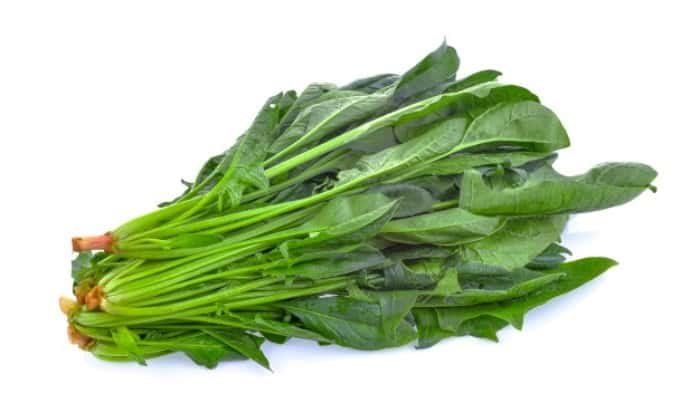
Growing spinach plants
– Suitable temperature for growing spinach
Since cool-weather plants grow better in cold air and short days are preferable for them, the temperature can range between 35 to 75°F, making it better to plant these in the fall.
Previously, these plants were grown in water, but recent studies show that planting in soil is more appropriate. Remember that these vegetables grow significantly tall before they start to flower. If the days in your area last more than 13 to 14 hours, avoid planting these plants.
If you live in northern areas, you can plant spinach twice a year — once in early spring and again in late summer.
In southern regions, these plants usually need to be planted at temperatures around 28°F and should definitely be harvested in winter.
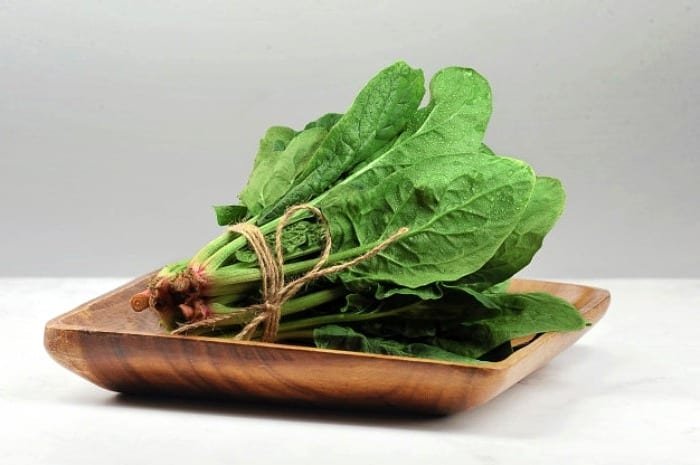
Planting and growing spinach
– How to water spinach plants
Spinach is a plant that needs a lot of water. After planting its seeds, moist the top 1.3 centimeters of soil and keep watering regularly until the plants start flowering.
Remember that spinach needs moisture but should not remain overly wet. When temperatures rise above 80°F, cover the plants to help them maintain their usual moisture.
– Fertilizing materials
Since spinach is a heavy feeder, you should add 5 to 10 centimeters of fertilizer to every 9 square meters. Feed the plants with nitrogen-rich fertilizers every two weeks to increase their yield. At least 10 to 15 centimeters of the plants should be buried in the soil to reduce the risk, and make sure to wet the soil after adding fertilizers.
– Weeding spinach
You can weed at least 7.5 to 13 centimeters of these plants to allow their growth to flourish.
Instead of pulling weeds, which can damage roots, it’s better to use scissors to prevent hindering the plant’s growth.
– Best companions for this plant
Lettuce, eggplant, onions, bell peppers,tomatoes,,strawberries,cabbage,peas,,radish,andcelery.
– Worst companions
There are no vegetables or plants that are incompatible with spinach.
“How to harvest spinach”
You can start harvesting after 6 to 8 weeks, when the plants are about 7 to 10 centimeters tall.
There are many ways to harvest these plants:
You can cut all the leaves about two and a half centimeters from the top and let the spinach continue to grow, as this way it will start sprouting again.
Alternatively, you can just remove the largest leaves:
Pull them out, leaving the stems intact. This method allows fresher new vegetables to grow and increases spinach production.
As mentioned in SelMagz, if you planted your crop in summer, you can likely harvest it from late April to August of the following year. For plants sowed in winter, August to April is a suitable harvest time.
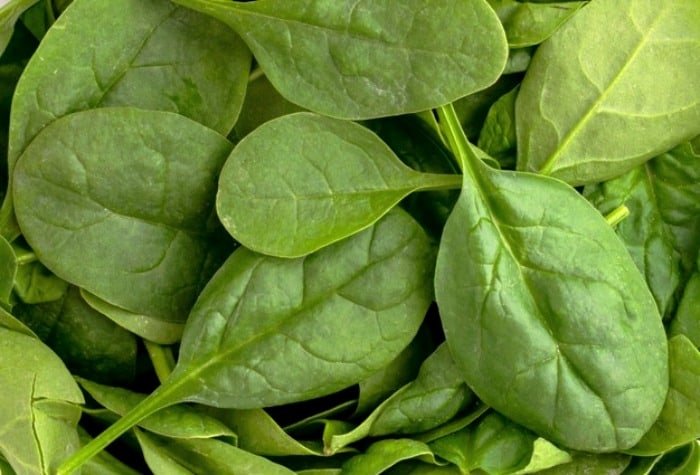
Principles of growing spinach
“How to store and preserve spinach”
Spinach is not a plant you want to store for a long time.
It can only be kept outside the freezer for one or two days in a plastic bag.
If you want it to last longer, it’s best to dry it and use the powder. People can also extend the preservation of spinach for several months with very cool freezers.
“Pests and diseases”
Sometimes spinach may bolt more than other vegetables, often due to very warm weather or insufficient watering. This can be corrected with more precise planning to keep the soil wetter than usual.
– Mosaic virus
This disease spreads through plant aphids, and when the infection occurs, you may notice spots on the plant that gradually start turning yellow, and your spinach will dry and wilt. To prevent this disease, regularly weed your plants.
– Fungal disease
This fungus causes old leaves to turn yellow and reduces the plant’s productivity. It also blackens the roots, which can lead to the plant’s demise. Until these fungi are eliminated, they will spread throughout the soil and could last until the next season. As mentioned in SelMagz, the best way is to rotate your seeds regularly to keep their position fixed.
– Downy mildew
Downy mildew attacks spinach only in humid areas.
You can prevent this by spacing the plants apart to ensure adequate air circulation.
Mildew strikes when the weather is excessively moist.
How to solve this issue? You can plant the plants further apart and only water the soil, avoiding watering the leaves.
– Cutworms
There is no way to protect against damage from these worms; just try to rotate the plant’s location to keep it from being static.
– Birds
These birds eat the seeds and sprouts of the plant.
Protect them with a mesh cover, and you can also use new mechanisms to keep birds away from the plants.



